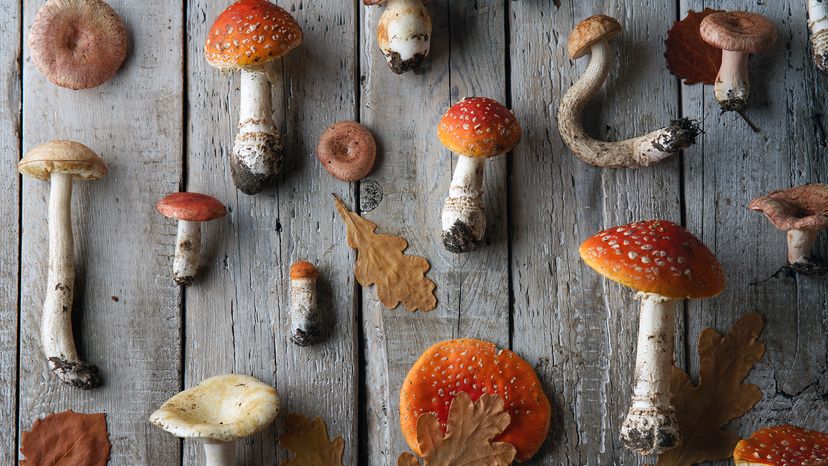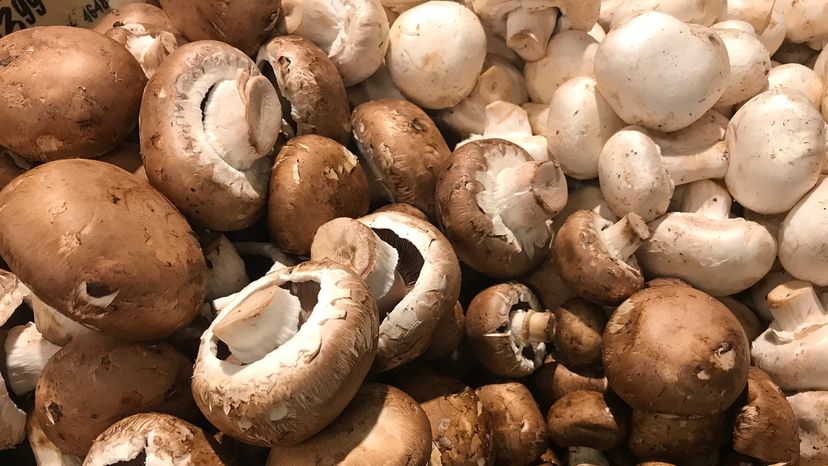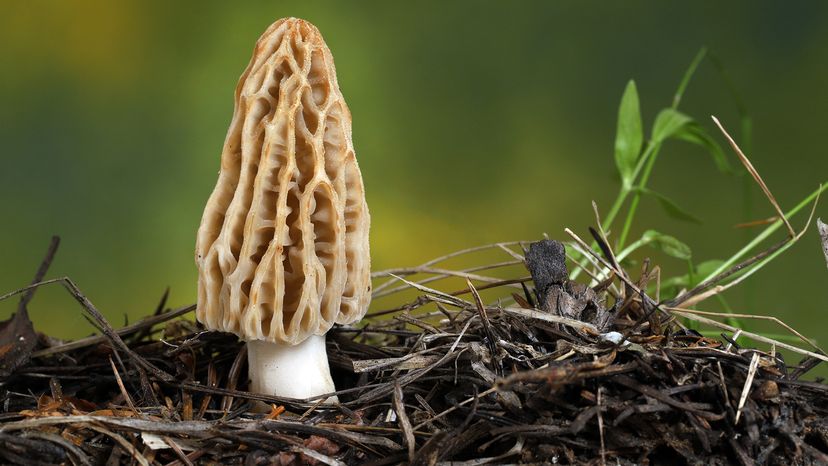
Some types of mushrooms are delicious and nutritious, while others are deadly and should never be eaten. Learning how to tell them apart is essential for both food lovers and foragers; knowing the difference between edible mushrooms and poisonous mushrooms can literally be a matter of life and death.
From button mushrooms to morel mushrooms, fungi come in a variety of shapes, sizes and habitats. Some grow on decaying wood, others on the forest floor, and a few species even form symbiotic relationships with trees.
Advertisement
Whether cultivated mushrooms or wild mushroom varieties, mushrooms play a crucial role in ecosystems and, in some cases, on your dinner plate.
Advertisement


